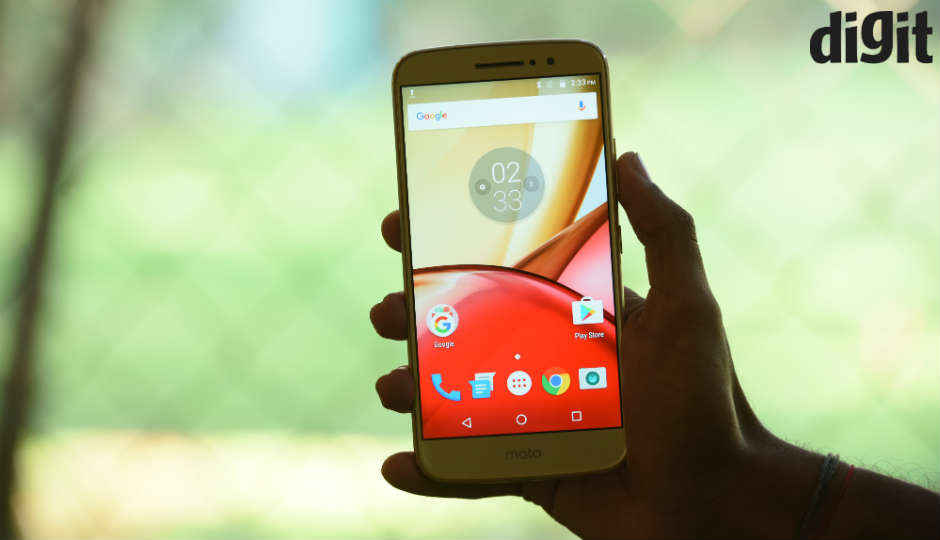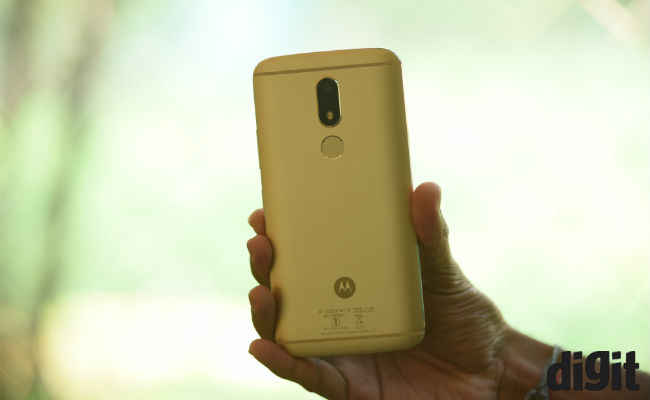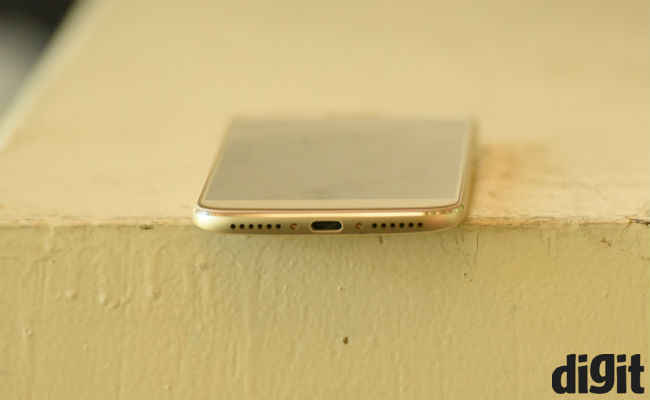Moto M first impressions: Motorola gets design right
Moto M has metal all over the place but fails to deliver anything else

Moto M, the latest addition to Motorola's growing portfolio of smartphones in India, is an attempt to appease consumers looking for smartphones with a metal unibody design. It is almost impossible to go wrong with a smartphone today, but it is still difficult to get the design right. A large number of smartphone manufacturers have standardised metal as the choice material for their smartphone, and with Moto M, Motorola has adopted a similar approach.
 Survey
SurveyThe Moto M is reassuringly well-built, and in fact, feels more reassuring than last year’s Moto X Play. It has gentle curves and it fit my palm nicely. Motorola has probably taken a page or two from other OEMs, as its antenna bands blending with the edge of the display is strikingly similar to the HTC 10 and Google's Pixel phones. The design is definitely not obtrusive in any way, and elements like the textured power button feels nice. The moment you pick up the Moto M and hold it for a moment, you will start disliking the Moto G4 Plus, and I personally feel Motorola is trying to better itself than compete against other smartphone makers.
Talking about specifications, the Moto M features a 5.5-inch Full HD display like the Moto G4 Plus, but gets a Super AMOLED display panel. The moment I got hold of the device, I found myself lowering the display brightness. In my initial impressions, I feel the display to be crisp and offer good colour saturation, and colour reproduction was arguably close to source. Now, I must mention that the ambience was not how most real life conditions would be, so we would hold on to our final verdict before passing judgement here.
The Moto M is being sold in two variants – one with 3GB RAM, 32GB storage and the other with 4GB RAM and 64GB storage. The smartphone is powered by the MediaTek Helio P15 processor – an octa-core chipset that did feel snappy throughout our initial usage. Most interactions were smooth, and switching between open windows and apps was smooth. But, it is worth noting that there were not many apps loaded on to the device, and it didn't have my primary mail or messaging apps downloaded. Moto has opted for a totally different processor, one that needs to be tested against other smartphones at this price. At Rs 17,999, though, one can get the Lenovo Z2 Plus with 4GB RAM and Qualcomm’s Snapdragon 820 processor.
Another sweet spot for me has to be the camera. I tried it for some time, and realised that it is the exact same one as the Moto G4 Plus. Moto has not yet revealed whether both the devices share the same image sensor, but the primary camera's phase detection autofocus works quite well. The autofocus is near-instantaneous, and the camera is relatively fast to snap photos. The camera also has neat options like Macro mode with Pro shooting options, which will appeal to people who want a little more from their device. The Moto M is not a selfie-centric smartphone and its 8MP camera does only about a decent job, certainly not competing against the likes of Oppo F1s and Gionee S6s.
The Moto M is a statement by Moto on its future designs. With Moto M, the company is basically attempting to court people towards itself, somewhat similar to how Samsung sent out a statement of intent with the glass-and-metal build of the Galaxy S6. Watch this space for our final review, of the Moto M.


